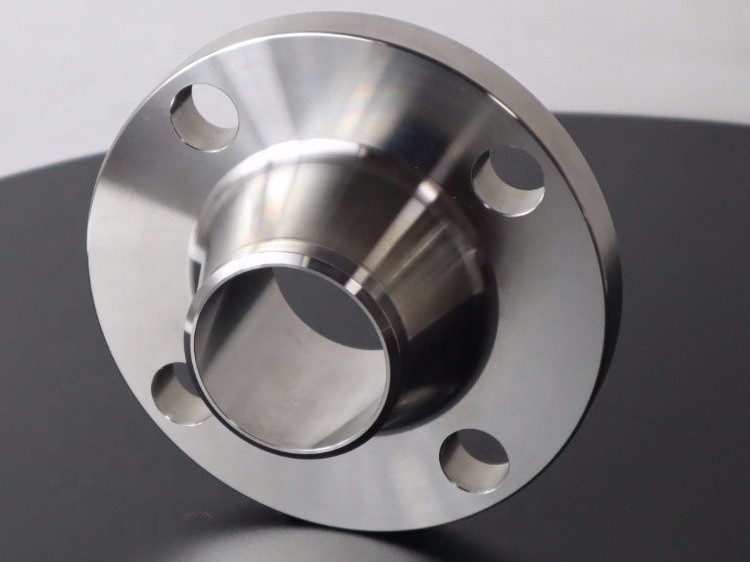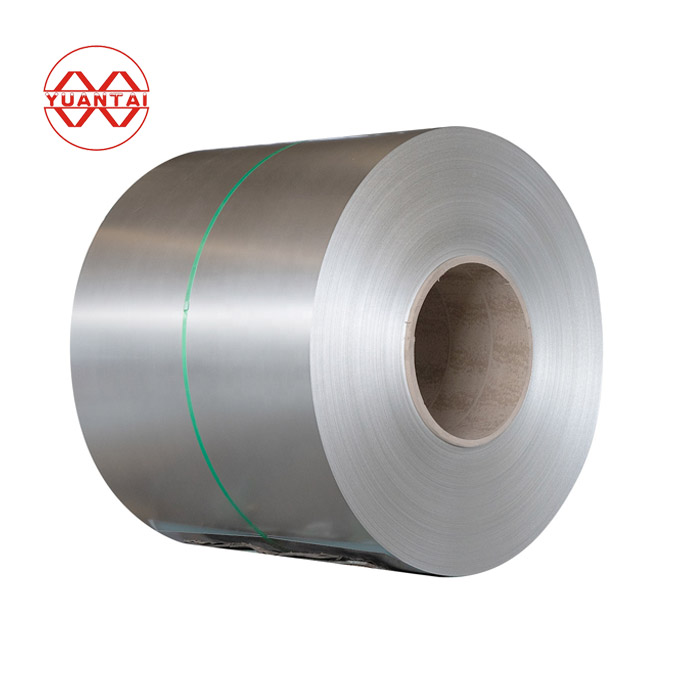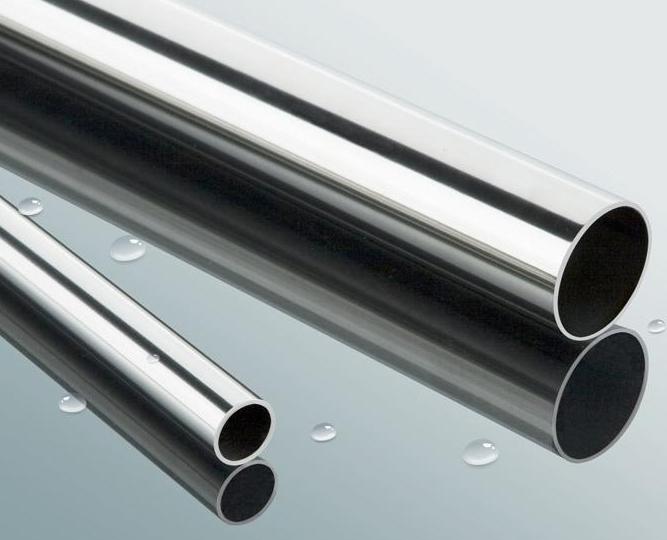Numerous industries are reliant upon the welding of stainless steel pipes for structure creation. With their advanced corrosion resistance, stainless steel is the preferred material for petrochemical, oil and gas, power generation and more applications. Being a direct concern of safety for involved personnel, the welding procedure is highly regulated with demanding quality standards.
When it comes to welding stainless steel pipes, upholding a particular welding specification is essential to guarantee that the weld is of excellent quality and fulfills the relevant industry benchmarks. The welding specification for stainless steel pipes hinges on the grade of material, the wall thickness, size, and form of weld joint.
Ensuring optimal results during welding requires a tailored welding specification based on the material grade of the pipe. Among the most commonly employed stainless steel alloys for this purpose are 304 and 316. Making sure that the welding specification corresponds to the material grade is thus of paramount significance.
When determining the welding specifications, the thickness of the pipe wall is a major factor to take into account. For thicker walls, an increased amount of welding energy is essential in order to successfully complete the job.
The magnitude of the pipe plays a pivotal role in deciding the welding process. It is essential to modify the welding parameters depending on the pipe’s dimensions. The larger the tube, the higher quantities of welding energy are required.
Different Types of Joining Techniques with Welding
When it comes to welding, one must take into account the type of joint to choose the appropriate welding specification. Adjustments to the welding method must be made depending on the kind of joint being worked on.
To guarantee safety and good quality welds, welders welding stainless steel pipes must abide by stringent guidelines and get appropriate training. This includes customizing a welding specification for each job, thus meeting industry standards and creating the highest standard welds. It is imperative that these instructions be followed to ensure a superior outcome.
For stainless steel pipe welding, the spec must be diligently selected and adhered to in order to achieve optimal welds. The details have to be adjusted according to the material grade, wall thickness, size, and joint type. To ensure security for both welders and welds, the welding process should also observe all applicable safety standards.
The fabrication of stainless steel pipes necessitates the precise execution of welding, a process indispensable to the engineering industry. The welding procedure specifications (WPS) must be meticulously designed in order to manufacture welds of exceptional solemnity. This article reviews the key aspects of welding stainless steel pipes and the essential points to consider when constructing a WPS.
Exploring the Different Kinds of Stainless Steel Pipes
Pipes made of stainless steel boast an extensive selection of sizes and types, all with exclusive idiosyncrasies and welding demands. The most prevalent stainless steel pipe variations used in pipelines are 316L, 304L, 321, and 347. It is essential to consider the distinctive welding features of each strain of stainless steel while constructing a blueprint for a welding procedure specification.
In the realm of stainless steel pipe fabrication, three welding processes stand out for their quality and efficiency: gas metal arc welding (GMAW), shielded metal arc welding (SMAW), and tungsten inert gas (TIG) welding. Of the three, GMAW is the most popular, offering excellent welds and a hassle-free application. While SMAW is also viable, its flux-coated electrodes and slower deposition rate significantly cut into its efficiency. There is one specialty area where TIG welding shines: pressure vessel fabrication, where its high-quality welds are indispensable.
Achieving the desired results when welding stainless steel pipes requires taking into account the type of metal, the size of the pipe, and the welding procedure that will be used. Primarily, these variables impact the welding current, voltage, travel speed, and electrode size that must be selected. With an appropriate current setting, high-standard welds are attainable. Meanwhile, altering the voltage secures a stable arc and eliminates possible flaws. In addition to this, selecting an appropriate rate of travel fuses the welds deep and permits them to cool. Finally, the size of the electrode is picked based on factors such as pipe measurement, welding technique in practice, and ideal characteristics of the welds.
Specification for the Process of Welding
To guarantee welds of the highest quality and standard compliance, detailed guidelines must be followed, which are outlined in the welding procedure specification (WPS). This document specifies welding parameters, techniques and quality assurance requirements and must cover the type and size of electrodes, filler metal, pre/post heat temperatures, heat input, joint to be welded, backing material, and welding sequence. Additionally, a welding procedure qualification record (WPQR) must be submitted by the welder to verify that the WPS has been satisfactorily satisfied.
Assessing and Examining
Glancing through the welds with an eye toward identification of any imperfections is the most common way of examination, and this visual inspection looks for discrepancies like fissures, pores, and unfused features. Other less destructive techniques such as radiography, ultrasonic testing, and magnetic particle inspection may also be utilised for determining if there are blemishes. It is equally significant to see to it that the welds adhere to the mechanical properties pointed out in the WPS.
Creating a successful welding of stainless steel pipes necessitates mindful preparation and careful execution. Welding Procedure Specifications must be drafted effectively to secure the excellent caliber of welds. All the welding parameters, techniques, and quality assurance must be assessed when designing a WPS. Afterwards, inspections and tests on the welds must be performed to assure action in accordance with the initial plans. By adhering to these standards, success can be yielded with stainless steel pipes being welded to top notch standards.
Post time: 2023-07-10
Related Product

stainless steel Straight Tee
Stainless steel tees are pipe fittings and pipe connectors. It is used at the branch pipe of main pipe. Stainless steel tees can be divided into equal diameter tees and reducing te […]

Stainless Steel Capillary Pipe Tube
304 stainless steel capillary tube 316L precision seamless tube manufacturer of ultra small caliber thin-walled tube for medical instruments texture of material:304、316 Spec […]

Stainless steel flange
Stainless steel flange Stainless steel flange is mainly used for pipe connection in pipeline engineering. INTRODUCTION Stainless steel flange is mainly used for pipe connect […]

Stainless steel square tube
Stainless steel 201 304 square tube, durable, stainless steel square tube for building decoration Stainless steel square tube is a kind of hollow long steel, because the sec […]

Stainless steel grooved pipe Stainless steel special-shaped pipe
The stainless steel grooved pipe is a kind of stainless steel profiled pipe. The stainless steel profiled pipe is the general name of the steel pipes of other cross section […]

Stainless steel 90 ° elbow
In a piping system, an elbow is a fitting that changes the direction of a run. Product introduction The 90 ° stainless steel elbow is composed of fabric reinforced stainless steel […]

Stainless steel coil 316L 304 201 310S stainless steel cold rolled coil wiredrawing film
Thickness specification of stainless steel strip – table (full page length and width can be customized by zero cutting) 0.05mm 0.1mm 0.15mm 0.2mm 0.3mm 0.4mm 0.5mm 0.8 […]

38BA clean pipe ss304 stainless steel pipe ferrule connection stainless steel pipe
Product name 3/8 “BA clean pipe ss304 stainless steel pipe ferrule connection biopharmaceutical fluid delivery Classification BA clean pipe/EP super clean pipe Product Desc […]

Billet 420 round steel 3.0-300mm 420 stainless steel bar good straightness quenching and tempering treatment
Billet 420 round steel 3.0-300mm 420 stainless steel rod straightness is good Quenching and tempering treatment 2Cr13 stainless steel has high hardness and good corrosion resistanc […]
